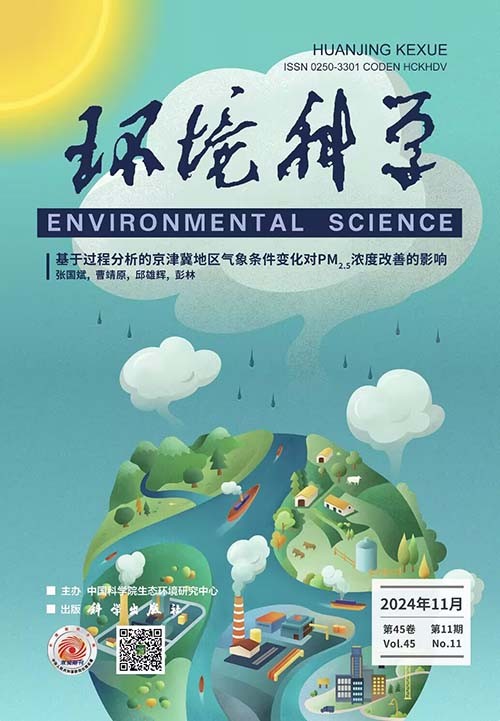[Effects of Biochar Application on Soil Carbon Pool Management Index and Organic Carbon Chemical Structure in Eucalyptus Plantations in Northern Guangxi].
Abstract
Based on a long-term positioning experiment established in 2017 with biochar derived from Eucalyptus plantation waste branches pyrolyzed at high temperature (500℃) under anaerobic conditions, six treatments were established: CK (0%), T1 (0.5%), T2 (1.0%), T3 (2%), T4 (4%), and T5 (6%). The study explored the changes in soil organic carbon (SOC), labile organic carbon (LOC), carbon pool management index (CPMI), and the chemical structure of organic carbon after a single application of different amounts of biochar over 5 years. The study produced several results: ① Compared to the control, biochar application significantly increased the contents of SOC, LOC, particulate organic carbon (POC), non-labile organic carbon (NLOC), and mineral-associated organic carbon (MOC) (P<0.05), with larger increments at high application rates (T4 and T5 treatments). The soil CPMI showed a significant increasing trend with increase of biochar application. ② Biochar application increased the relative contents of alkyl carbon and aromatic carbon in the soil, while decreasing the relative contents of alkoxy carbon and carboxyl carbon (P<0.05). At high application rates, there was a significant increase in the alkyl carbon/alkoxy carbon ratio, hydrophobic carbon/hydrophilic carbon ratio, and aromatic carbon/alkoxy carbon ratio, and a decrease in the lipid carbon/aromatic carbon ratio (P<0.05), with an increased trend toward aromaticity. ③ Correlation and principal component analyses revealed that the soil CPMI was significantly positively correlated with SOC, LOC, POC, alkyl carbon, aromatic carbon, pH value, soil moisture content, total nitrogen, total phosphorus, total potassium, available nitrogen, available phosphorus, available potassium, microbial biomass carbon, microbial biomass nitrogen, and MOC (P<0.01). It was also positively correlated with MOC (P<0.05) and negatively correlated with alkoxy carbon, carboxyl carbon, and soil bulk density (P<0.01). Redundancy analysis indicated that soil bulk density, LOC, SOC, total potassium, POC, microbial biomass carbon, and available potassium were key environmental factors affecting the soil CPMI and the chemical structure of organic carbon. In conclusion, the application of biochar to Eucalyptus plantation through 5 years improved soil quality, which is beneficial for enhancing soil carbon sequestration capacity and increasing the stability of soil organic carbon.

 求助内容:
求助内容: 应助结果提醒方式:
应助结果提醒方式:


